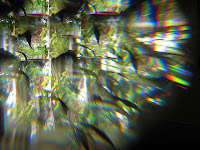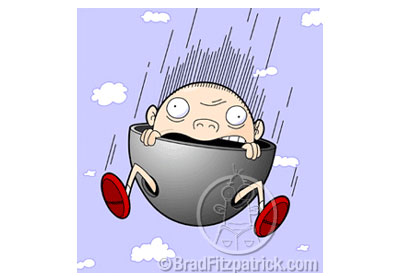This year's Montessori Seniors will be doing a hands-on research physics class, that includes getting ready for the
NY State Regents Physics Exam.
Lots of experiments, the more interesting (and fun) the better (
Such as the Diet Coke & Mentos test we did this afternoon! Check out the YouTube video of it through the "recent research" link on the right).Most physics concepts can be developed and demonstrated using materials from our everyday lives, however there will also be lots of work, including building much of the equipment we will use, college-level lab reports, tricky test questions and
lots and lots of math as well.
The state requires proof that students have done the work, and that means writing lab reports for most of the things we do. The format will be given out in class, however we will spend a couple of weeks developing lab report writing skills.
An abstract is one of the first things the class will be introduced to.
An abstract is a short informative or descriptive summary of a longer report.There are two distinct types of abstracts:
- A DESCRIPTIVE abstract merely identifies the areas to be covered in the report. (snip)Such an abstract is only useful for a very long report, because it demonstrates only the paper's organization, not its content.
- An INFORMATIVE abstract summarizes the entire report and gives the reader an overview of the facts that will be laid out in detail in the paper itself. It is rarely longer than one page and should never exceed more than 10% of the length of the entire report; otherwise it defeats its own purpose.
For our purposes, we will have an informative abstract of each report that is no longer than a single paragraph.
For research, I've found a really useful virtual reference page from the George Mason University Wrtiting Center

 As we discussed in class, without an atmosphere, all objects should fall at the same rate.
As we discussed in class, without an atmosphere, all objects should fall at the same rate.
 This week we began our inquiry into things moving and not moving. A video link showing the first demonstration will be posted shortly on U-tube. Find a computer to view it on.
This week we began our inquiry into things moving and not moving. A video link showing the first demonstration will be posted shortly on U-tube. Find a computer to view it on.